Managing our debt
While borrowing to pay for day to day expenses is not an ideal long-term strategy, borrowing money to pay for assets like water, wastewater, roads and community buildings and facilities that will serve the community over a long period of time makes sense. Using loans to pay for these kinds of assets means we can recover the costs over time, so that both current and future ratepayers pay their share. It also means that increases in rates are usually more stable/steady, as the cost of the asset is spread out over a longer period. While having a certain level of debt makes sense, it can also make us feel uncomfortable – we shouldn’t borrow any more than we can comfortably afford to pay interest on, or eventually repay.
The New Zealand Local Government Funding Agency (LGFA) are one of the main lenders to New Zealand Councils. As our key lender, LGFA have set a limit on how much they believe our Council can comfortably borrow, based on our net debt (that’s external borrowing less cash and investments) compared to revenue – which is set at a ratio of 175%. Up until now, Council have set our own internal limit at a more conservative level of 150%. We have only reached as high as 47%, and have felt comforted by the extra buffer within our debt limits, which provides opportunity to the district if new things come up, and security if the worst happens.
To fund the MUST DO capital work required for our three waters activities, we’re increasing our debt significantly over the first 3-4 years of this plan. This will push our debt over 150%, peaking at $151 million or 164%, meaning we would exceed our current limit and have very little-to-no headroom for much of the next 10 years. These pressures mean that we feel there is little option but to increase our limit to 175% - however this is not a target. Any borrowing adds additional interest costs to ratepayers, so all projects will continue to be carefully considered with that tension in mind.
Our risk management strategies for debt are outlined in Council’s Liability Management Policy, including strategies to manage interest rate risk, limits to manage liquidity and funding exposure, counterparty credit exposure, debt repayment, borrowing limits, maintaining financial covenants and security arrangements. The full policy can be found at mpdc.nz/policies. Council has an opportunity to review the impact of interest rates on its overall costs and rates with our community each year as part of the Annual Plan, and can look to slow and spread capital work programmes and/or levels of service accordingly (where this is acceptable to our regulators). However, should a significant event occur (e.g. a cyclone or earthquake) there is uncertainty that the headroom will be sufficient – i.e. we may not be able to stay within our debt limit. Included within the headroom, we have a $5.4m investment fund for emergencies and a $6m credit facility for urgent cashflow requirements.
We forecast our net debt to peak at $151 million, and to be on average around 142% of our revenue for the next 10 years.
